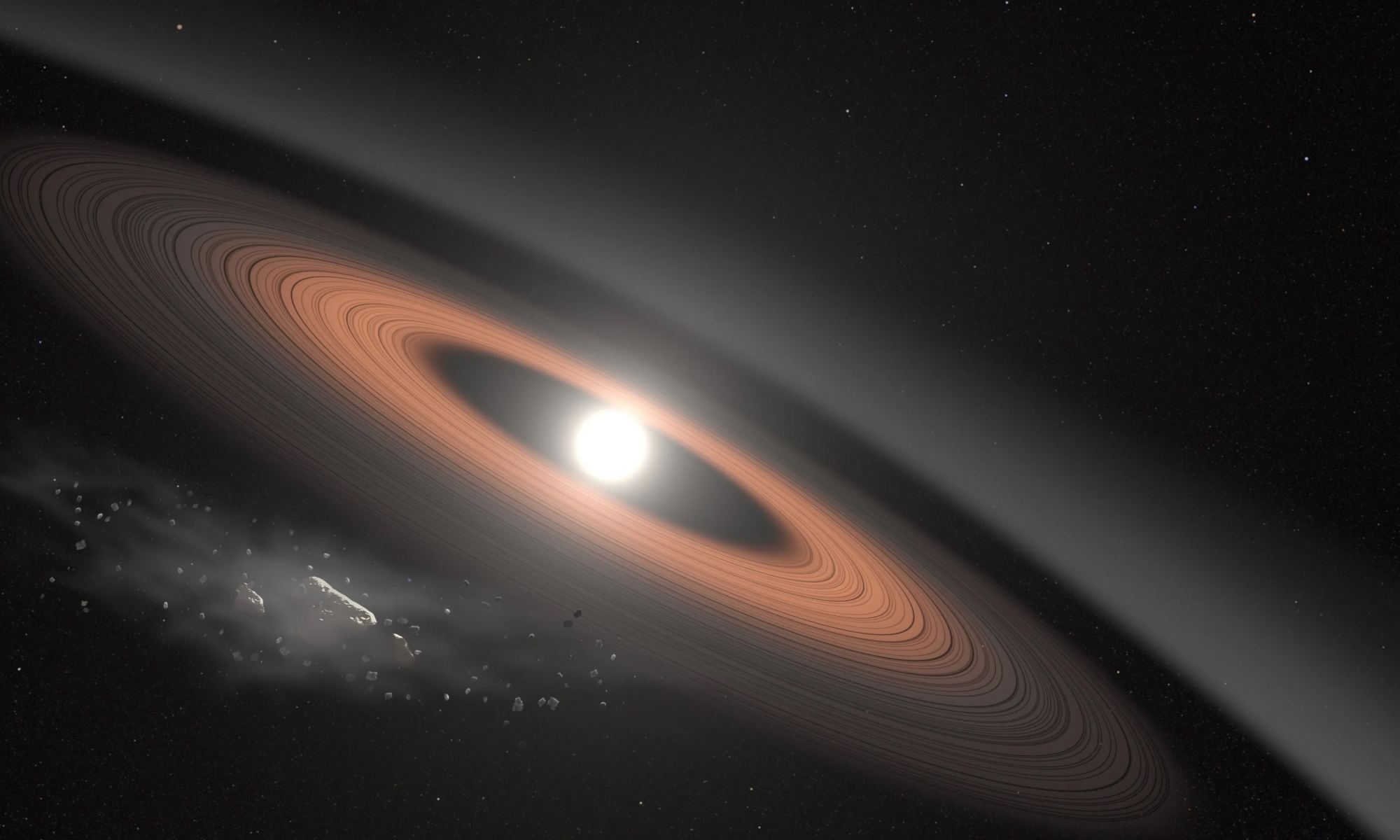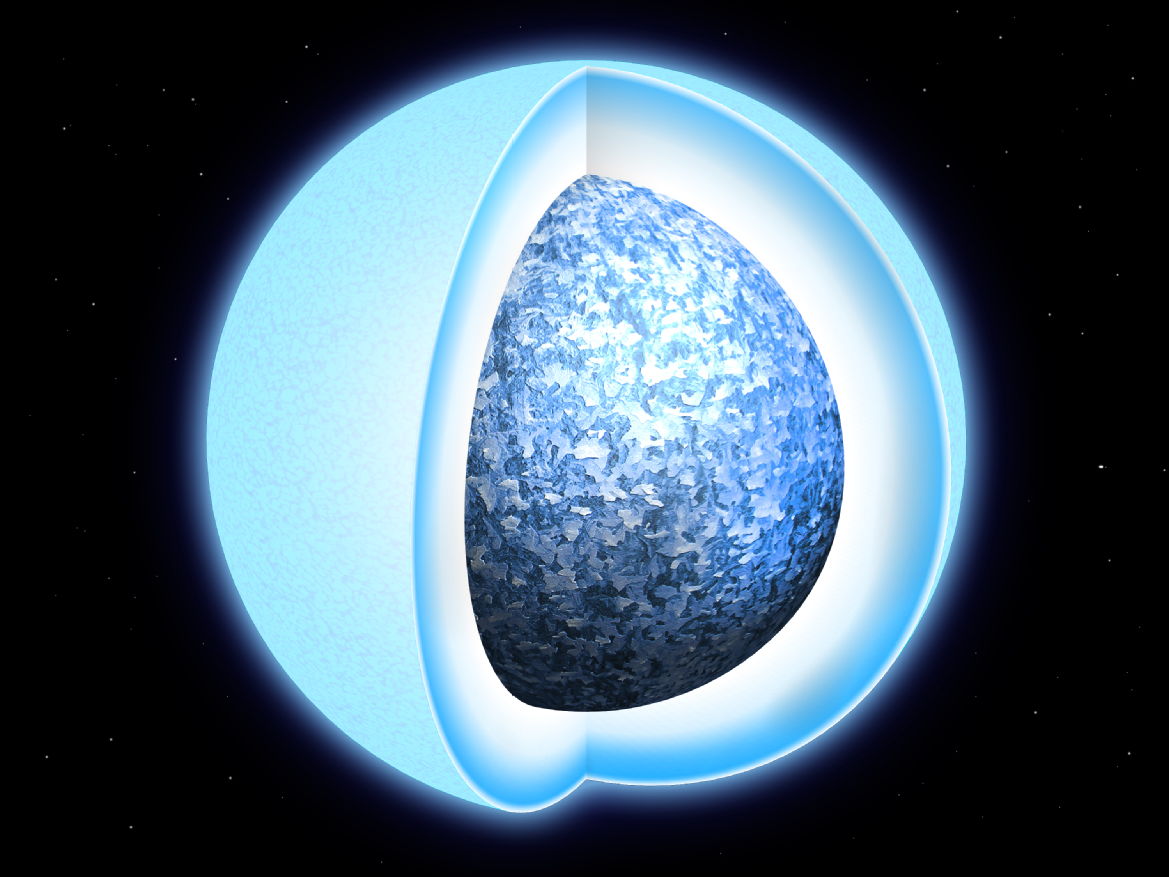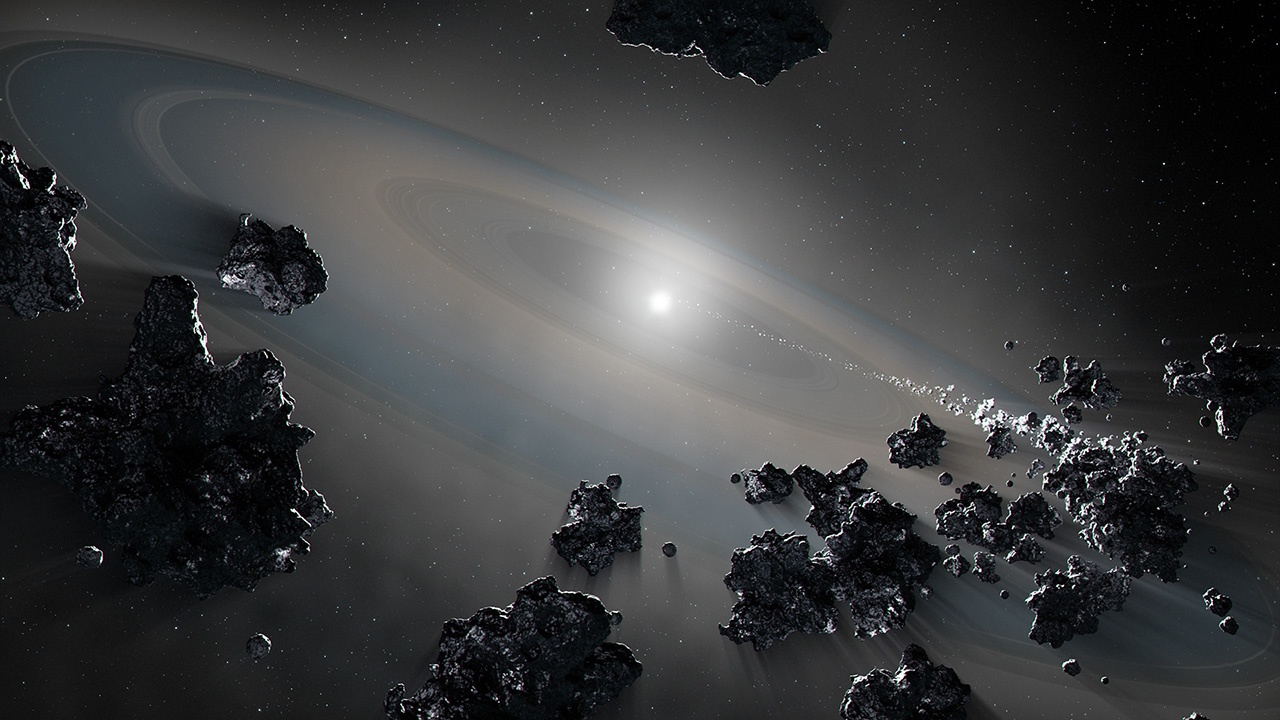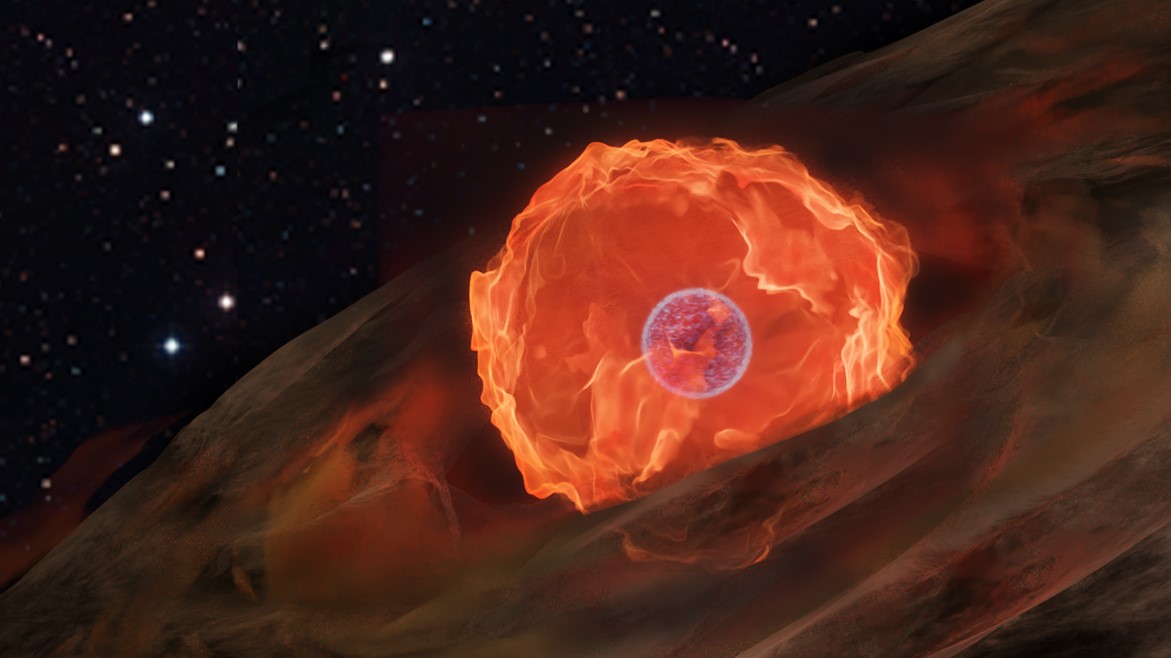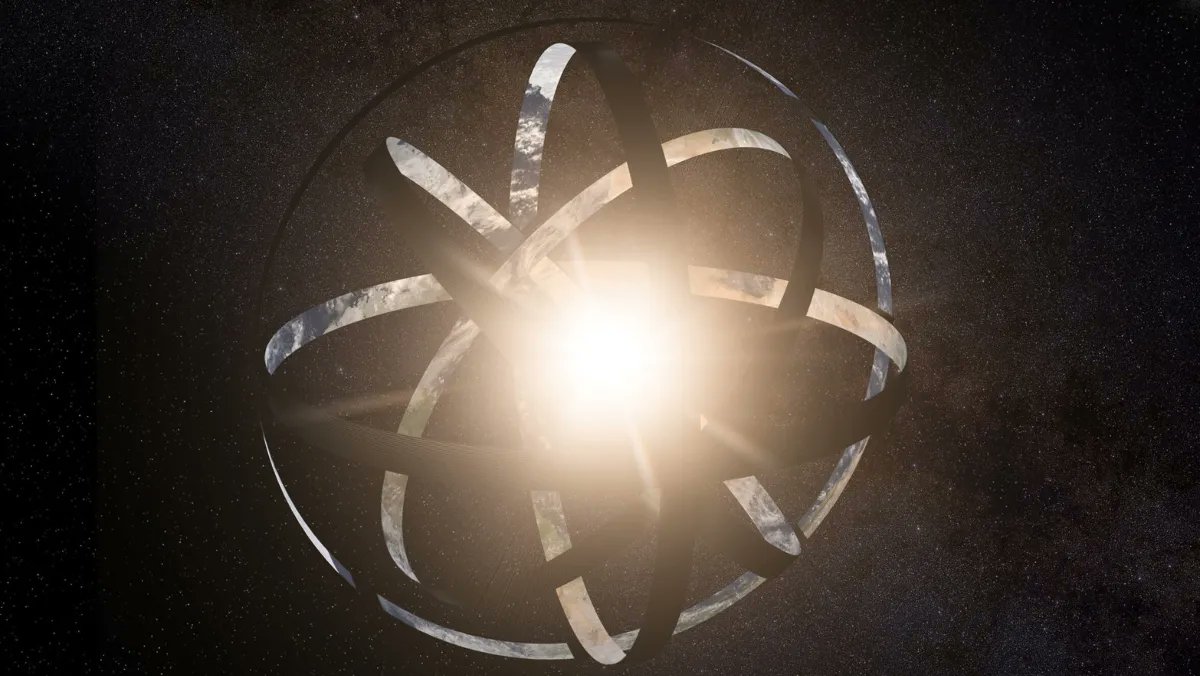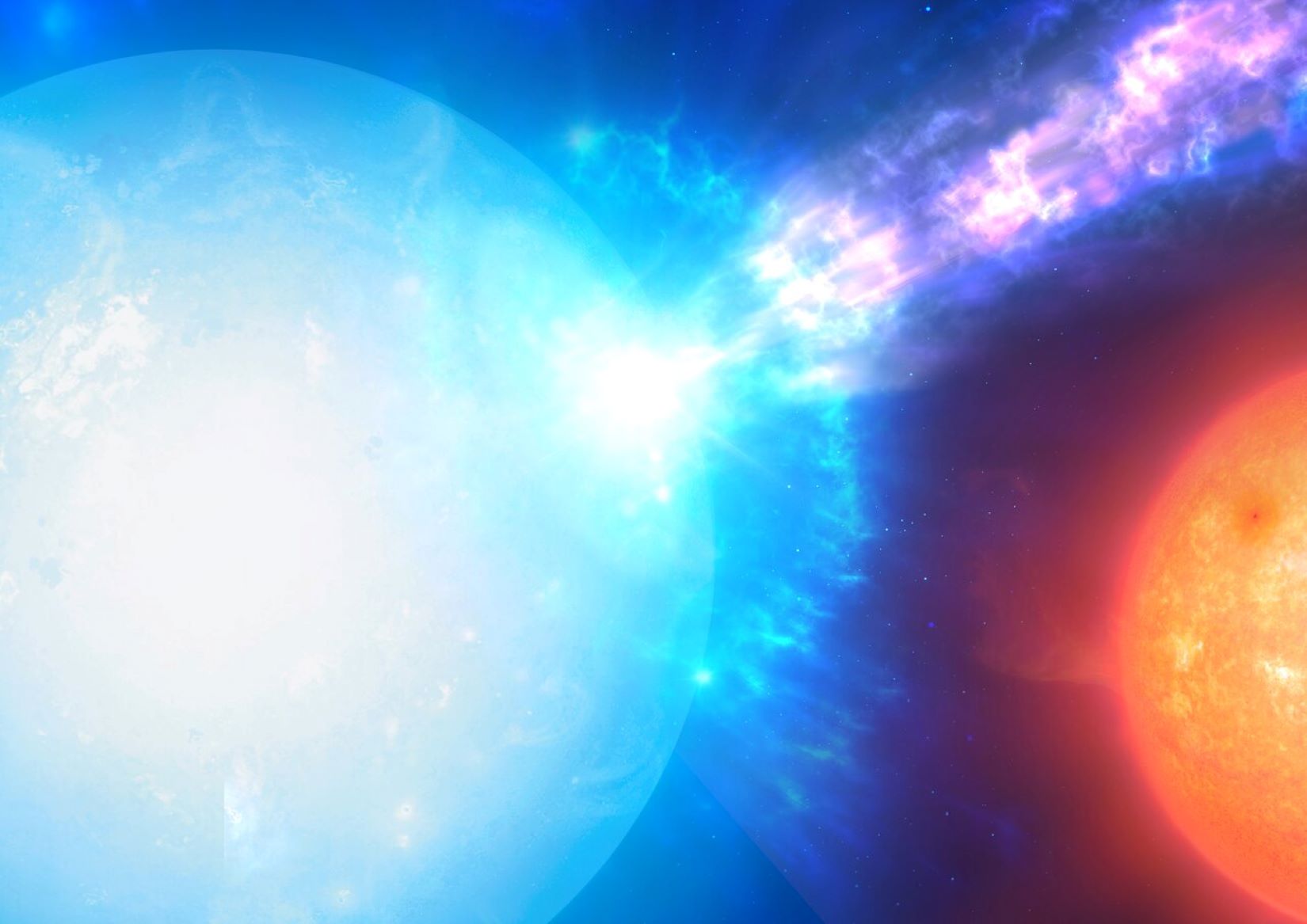Debris disks are quite common in the Universe. Young stars have protoplanetary disks from which planets form. Black holes have accretion disks that are the source of the galactic jets. Supernova remnants can form a disk around neutron stars. So what about white dwarfs?
Continue reading “JWST Looks at the Debris Disc Around a White Dwarf”JWST Looks at the Debris Disc Around a White Dwarf
